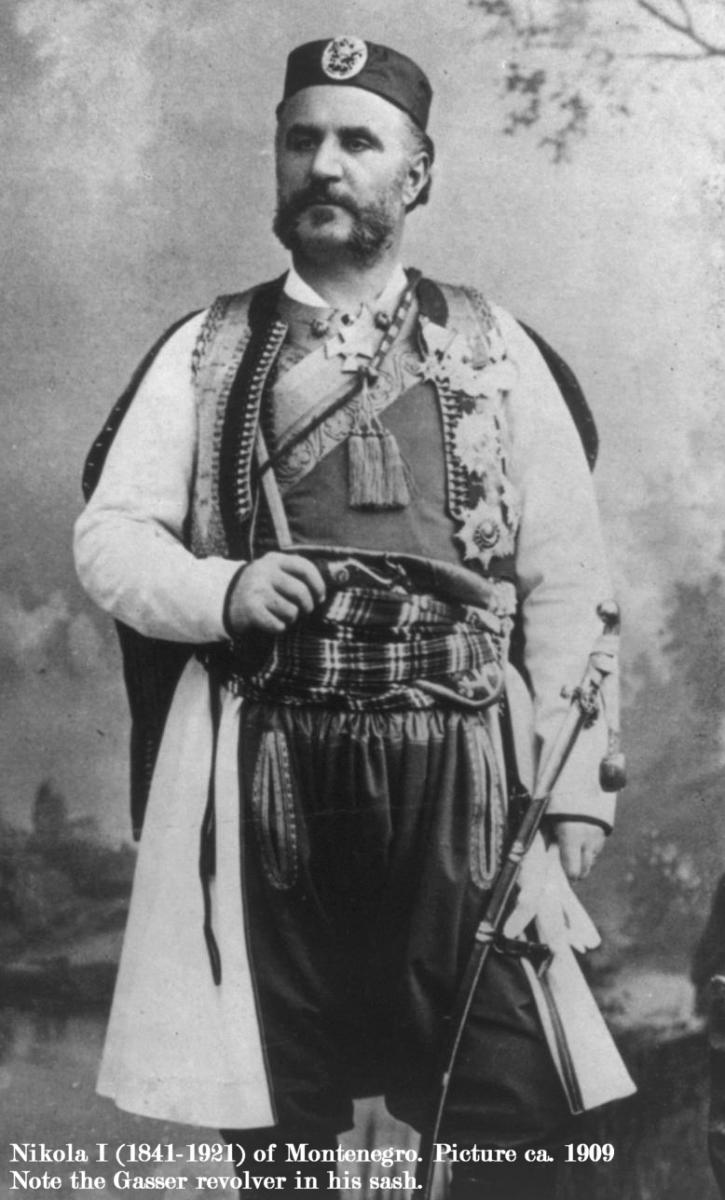The 11.3x36R Gasser is a downgraded version of the 11mm Werndl M.67 Carbine cartridge and is known as the 11.3x36R M1870 Revolver Patrone that was adopted by the Austo-Hungerian Army in August 1870. This huge revolver was developed in 1869 by gunsmith Leopold Gasser (1836 – 1871) who started the firm of Leopold Gassser K.u.K Hof-und Armee-Waffenfabrik in Vienna in 1862. The firm produced firearms for hunting and target shooting. His first handgun was a licensed copy of the Beaumont-Adams percussion revolver, some of which were purchased by the Austro-Hungarian Navy. In 1871 the firm passed to his brother Johann and later became the Rast & Gasser Factory.
There exists considerable confusion regarding this cartridge judging by the sheer number of descriptions for this round, names like 11 mm Austrian Gasser, 11 mm Gasser Mod. 70, 11mm Gasser-Montenegrin, 11mm Mod. 1870 Scharfe Revolverpatrone, 11.2 Gasser 1870, 11.2×36 R Gasser, 11.25×36 Montenegrin, 11.3 Gasser, 11.4 Gasser Montenegrin, 11.5 Serbian Gasser, DWM 315 / DWM 315A / DWM 152, GR 10 / GR 287, 11.3 Gasser 1870-74 Montenegrin Mauser-A-base, 11.5 Montenegrin Gasser, 11.5 Serbischer Montenegriner, 11.75 Montenegrin, 11.3 Gasser 1870/74 Montenegrin, .44 Montenegrin Revolver, 11 mm Gasser Mod. 1870/74, 11.2 Montenegrin Revolver, 11.2 Osterreicher Gasser Revolver 1870/74, 11.2x36R Österreich Ungarn Gaser Kavallerie Revolver 1870, 11.25×36 Montenegrin No.3 Revolver, 11.3 Österreichse Armee Revolver, 11.3×35.8R Montenegrin No. 1 Revolver, 11.4x36R Montenegrin No.3 Revolver. To further complicate matters, Mötz Vol 1 p.65 state that the cartridge has the same dimensions as the 11mm Werndl M.67 Carbine but has a brass case, whereas the M.67 Carbine has a copper/gilding metal case. Furthermore, the original Austrian Military revolver cartridge will always have a brass case and copper Roth primer.
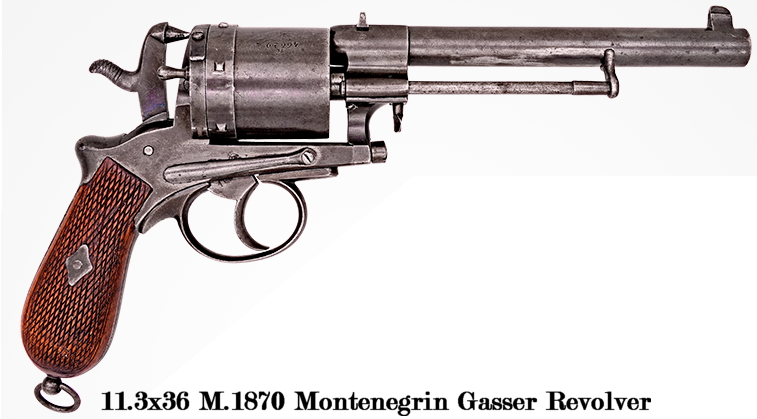
The Gasser M1870 was a revolutionary handgun for its time being a center-fire double action revolver, making it the most advanced and modern ordnance revolver of the period when the rest of the military powers still used percussion revolvers. The revolver was made of “Guss Stahl” which is the Austrian term for Bessemer steel, the most advanced steel production method of the second half of the 19th century, and was used to prevent damage to the revolver by too high pressure because, as stated above, the Austrian cavalry used the Werndl M67 carbine which was chambered for the same cartridge, but the charge was about double that of the revolver round. Accidents happened and that lead to the development of the shortened case M1882 round.
Legend has it that Prince, later King, Nikola I (1841-1921) of Montenegro obtained a license from Gasser making him the sole importer of their products into his country. He then decreed that all males in his kingdom must arm themselves with a Gasser revolver, insuring himself a tidy return on his investment. Accordingly, most of the revolvers imported into that tiny country were marked with Nikola’s crowned “<N I>” cipher. Whether this story is true or not is up for debate, but historical photos show that in most regions of the Balkans and northern Greece, a male’s national costume traditionally included a pistol worn in the sash and by the 1880s, the most common handgun seen in these photos is a Gasser revolver. Their use became so widespread that, regardless of the model, they were known generically as “Montenegrin” revolvers. Demand was so great that Gasser could not produce enough revolvers and the slack was taken up by various Belgian and German arms companies who produced more or less faithful copies of the Gasser. Because of its widespread distribution in the Balkans, the 11mm M. 1870 Scharfe Revolver-Patrone has become better known as the “11mm Montenegrin.” (Erlmeier, Brandt Ref. 166).
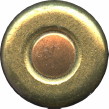

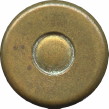

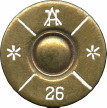

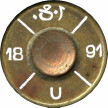

The intertwined AH headstamp is by Állami Hadianyaggyár, Csepel, Hungary




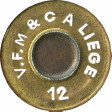



The first headstamp has the dates at an angle and is by CRB, the first letter being a stylised “R” and not a B, to be confused with Braun & Bloem. The last headstamp has a C = Cornides & Cie. St. Veit/Triesting (Lower Austria) and Vienna which later became part of the Berndorfer Metallwarenfabrik (BMF) before the outbreak of the First World War.
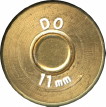

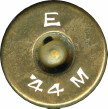

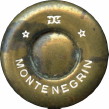

First headstamp is a modern loading by Waffen Dorfner, around 1993.
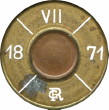

 Fired case
Fired case
Blank loading with the wad seated halfway in the case.
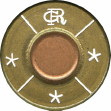



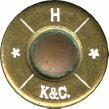

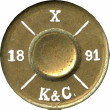

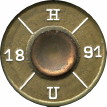
 Turkish Contract Loading (Blank)
Turkish Contract Loading (Blank)


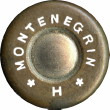
 Blank loading with wad halfway into case
Blank loading with wad halfway into case
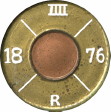

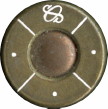

R on the first specimen is for Rosman, Wien. The intertwined OS on the second specimen is for OBERSCHLESICHE A.G. ABTEILLUNG SCHONEBECK a.E.
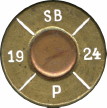

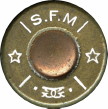

First specimen is by Seliier & Bellot Prag, second specimen is French by SFM

 Shorter case (33mm) version by FOMU (Fabrika Oruzja I Minicje at Uzice, Yugoslavia)
Shorter case (33mm) version by FOMU (Fabrika Oruzja I Minicje at Uzice, Yugoslavia)
